Hoses Through History: The Story of Flexibility and Durability

The earliest record of a water hose is from Greece around 400 BC. Bags filled with water were forced into ox gut (think small intestine) and the bags were stomped on to force the water through in order to fight fires. Even as late as the 8th Century, the Greeks used solid and flexible hoses as flame throwers at sea. Most people have their reservations about this theory of how the hose came to be, so the more verified story originates in Holland in the 1600s.Dutch inventor Jan van der Heyden used leather stitched together to make the very first manufactured flexible hose.
Many advances were made over the next 300 years, from leather, to canvas, sailcloth, cotton and linen. All were heavy and prone to leaks. Then, rubber virtually took over from 1870 onwards, with many variations coming in and out as time went on.
The latest trends are occurring now toward lighter and stronger hoses with thinner but extremely strong walls.
The right hose for you depends on your needs and personal preferences.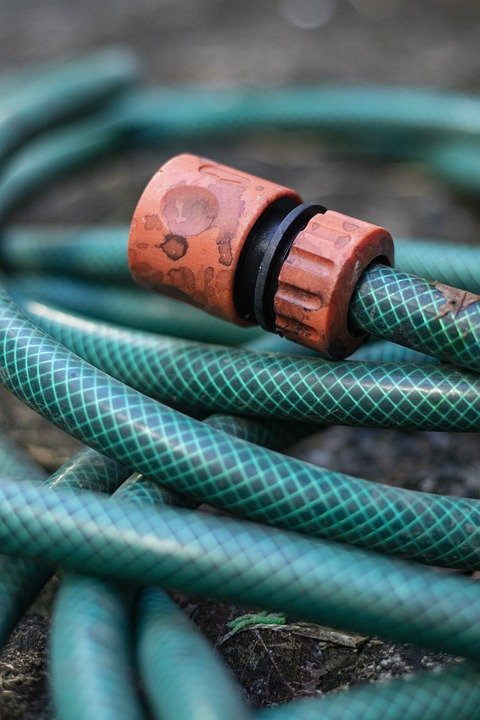
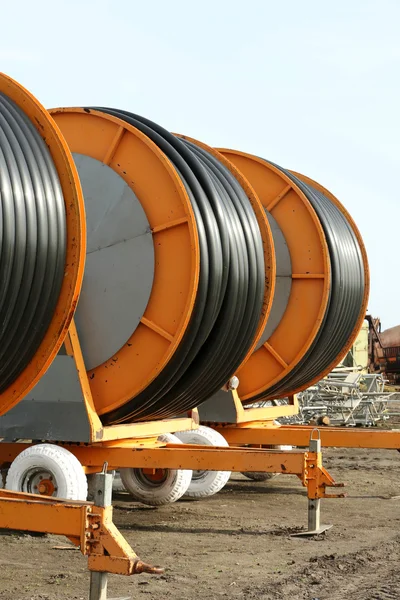
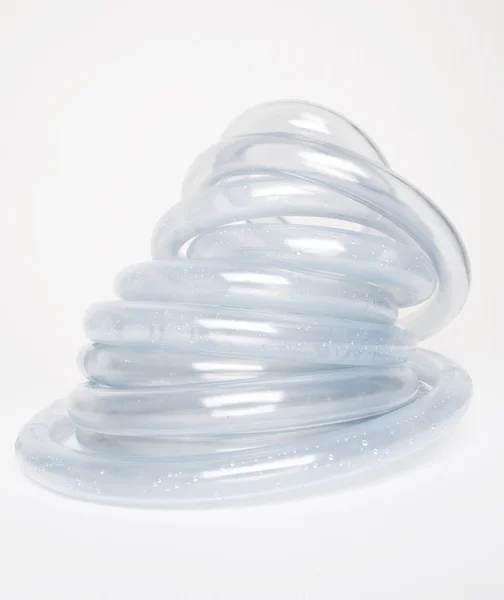
It's crucial to consider the choice of materials for hoses especially considering the environmental conditions they will be exposed to. Hoses, for instance, can be constructed from multiple layers, including a nylon braid sandwiched between the inner and outer layers. This design not only enhances durability but also ensures the hose can withstand various operational challenges. The inner material must be resistant to oils and condensate, while the outer material should protect against atmospheric conditions.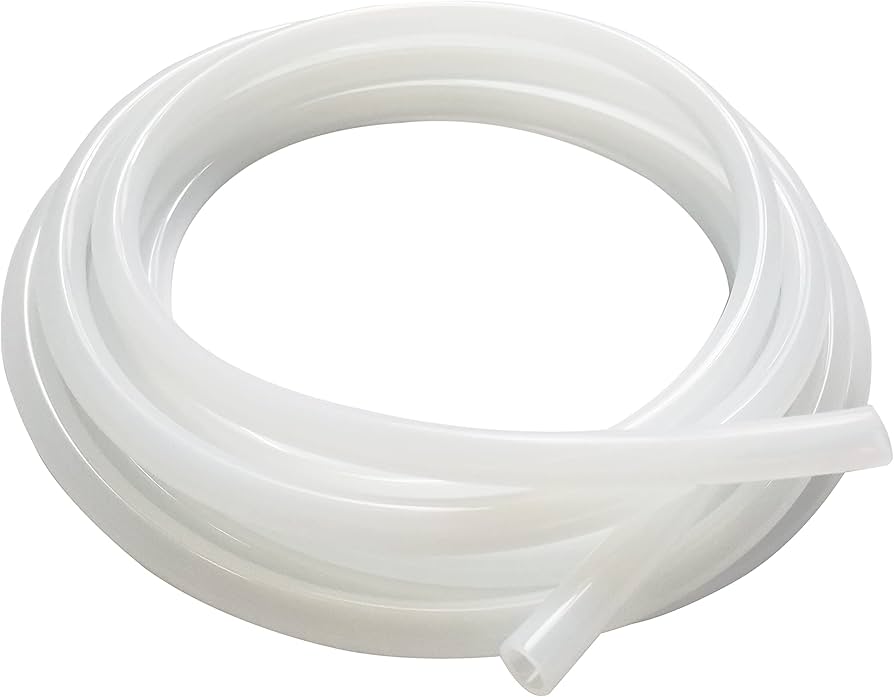
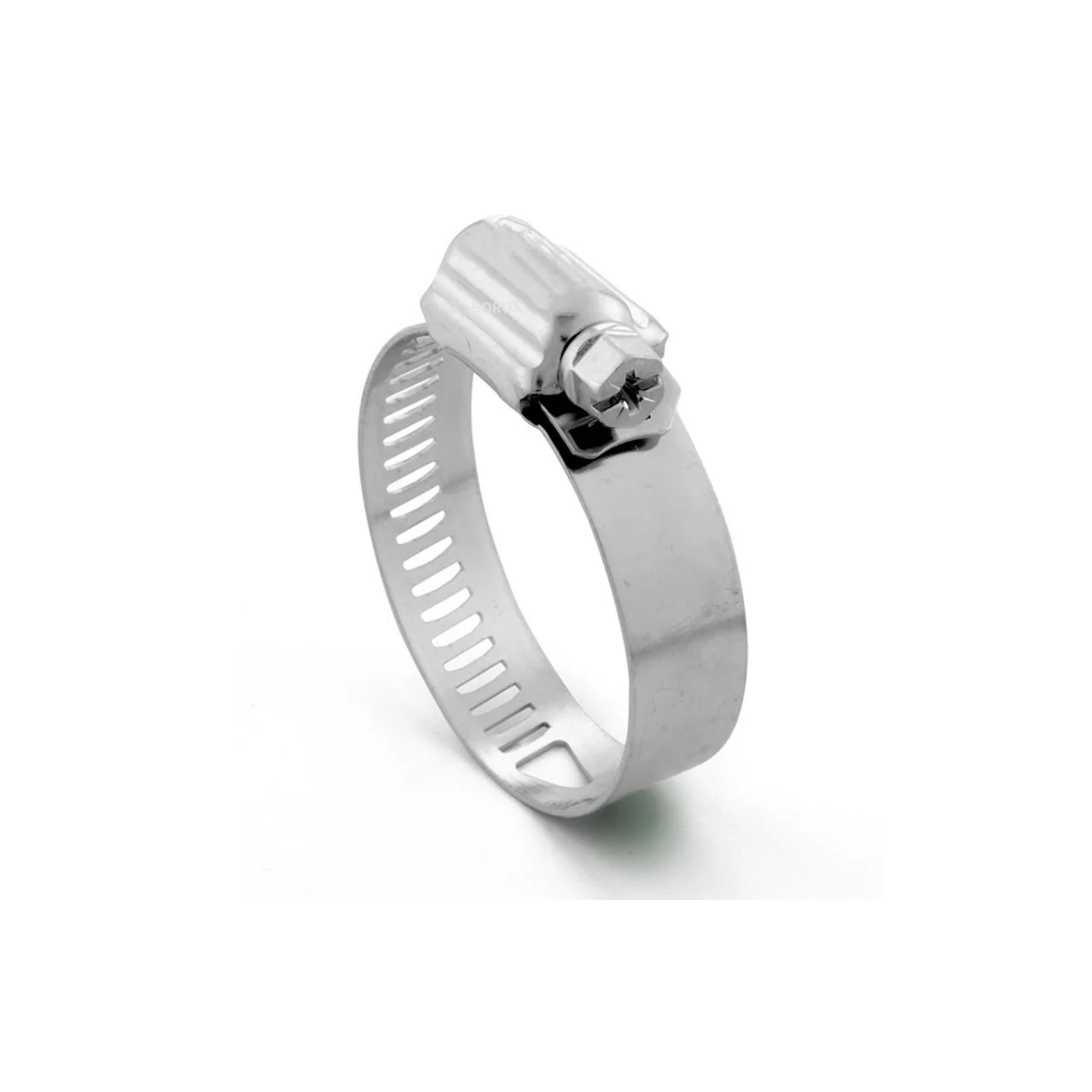
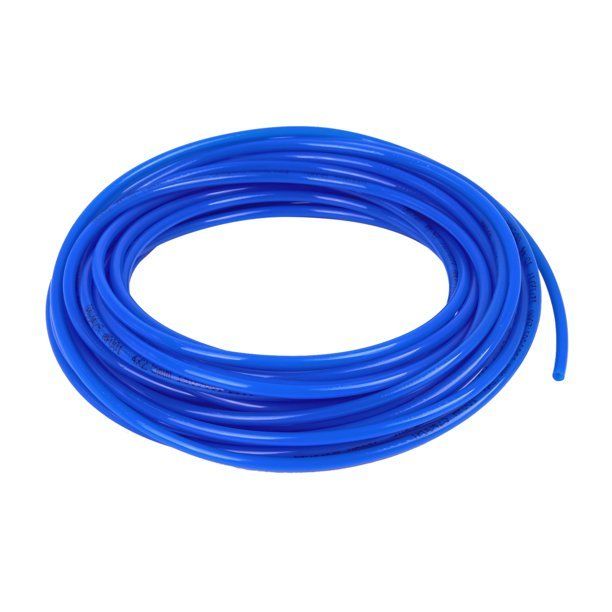
Borox present hundreds of hoses in various sizes for all sorts of uses. We have silicone, rubber, PTFE, polyurethane hoses and hose cutters, connection adapters and clamps in stock. We also have a range of food grade hoses useful for heavy industrial use right down to home use.
Discover the best quality products with Borox
